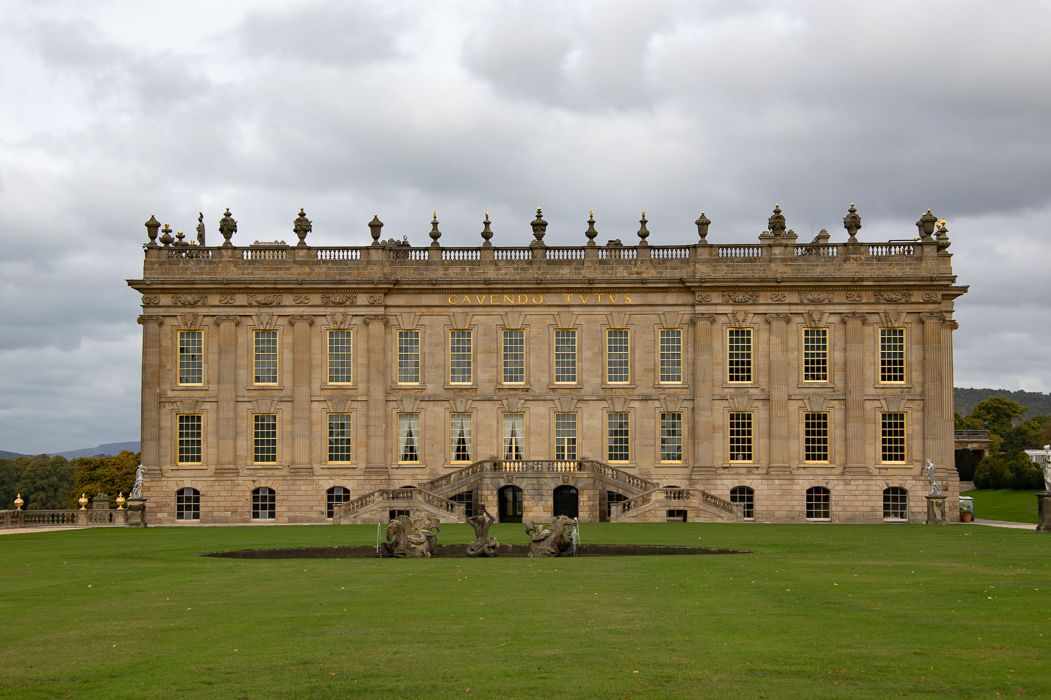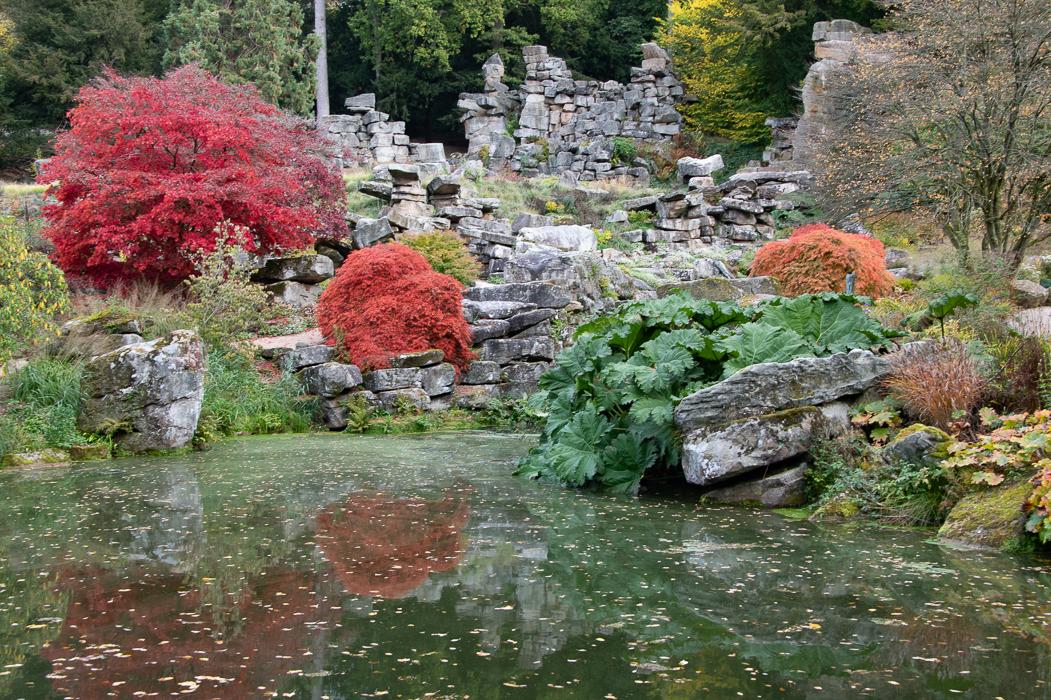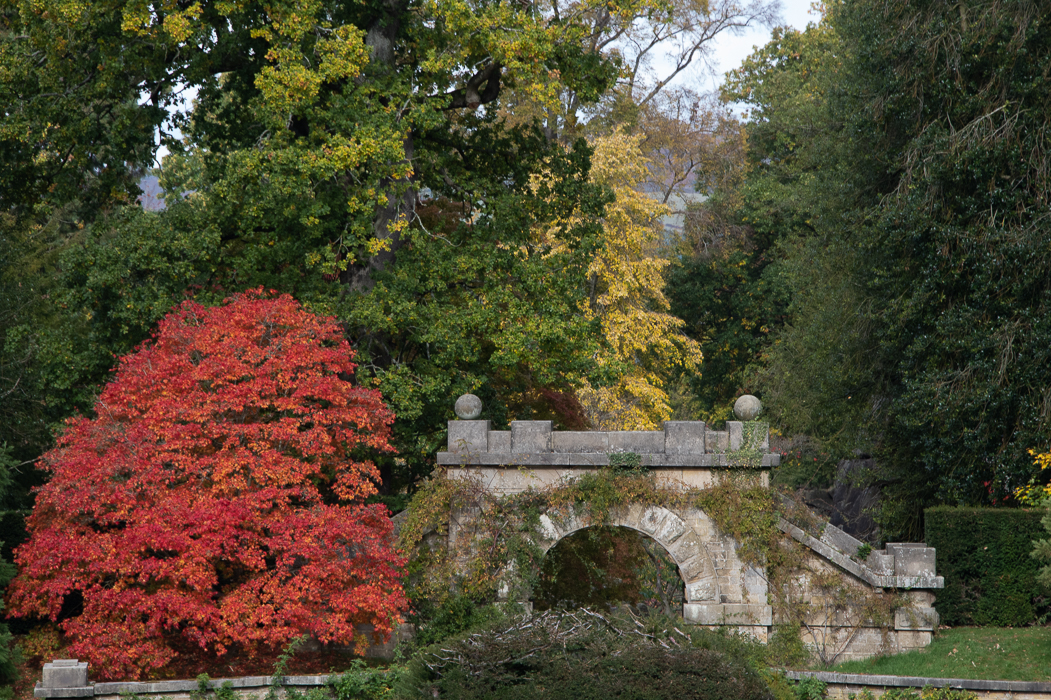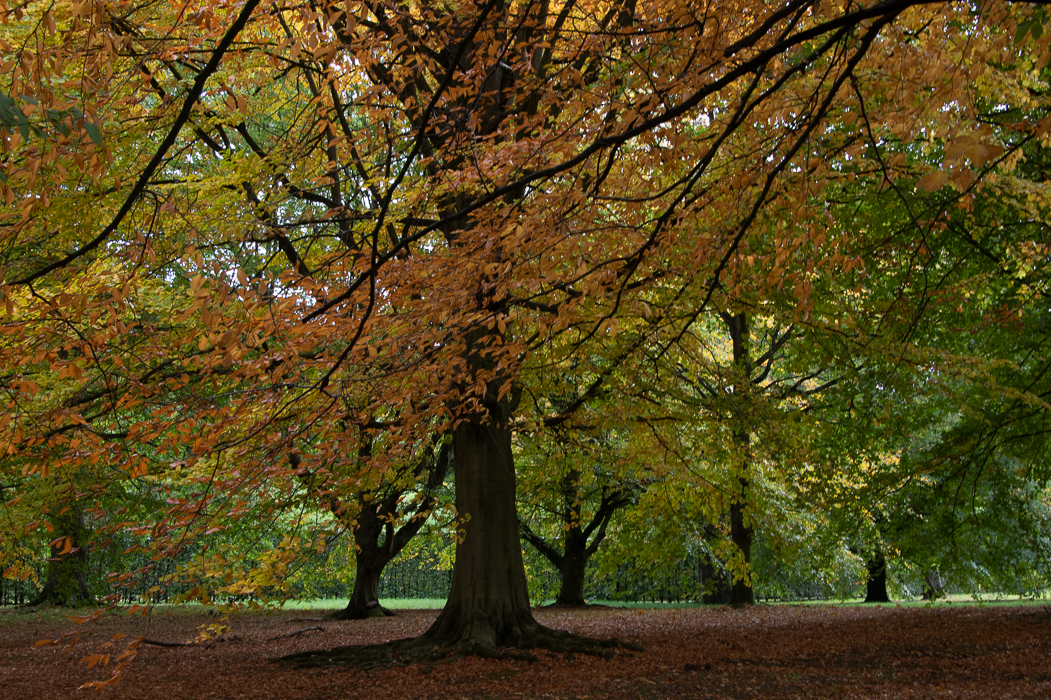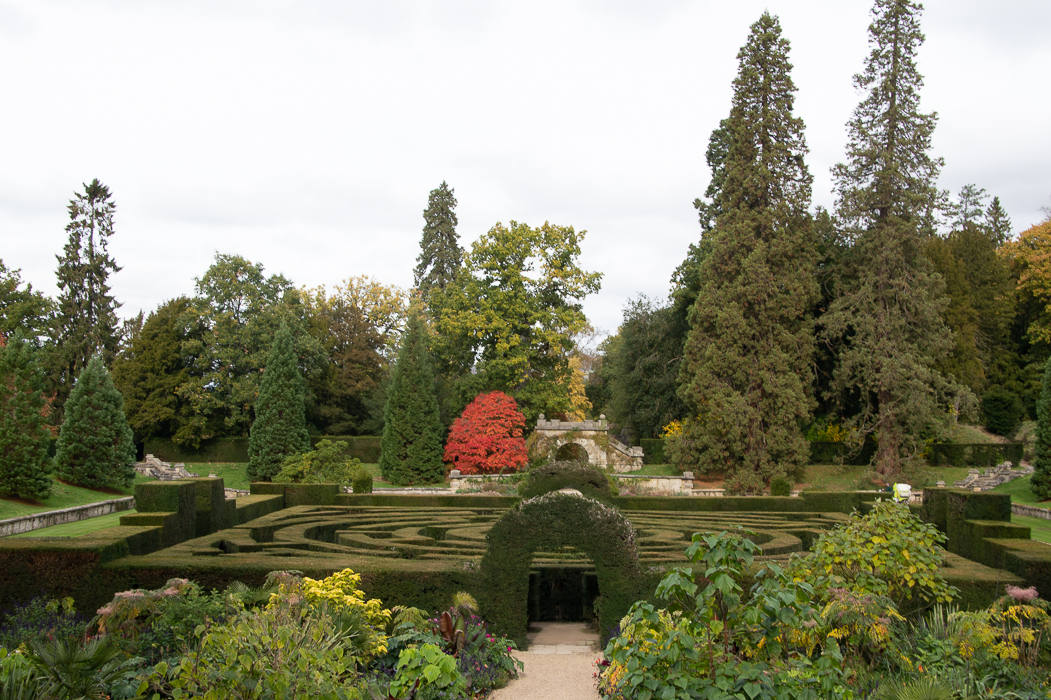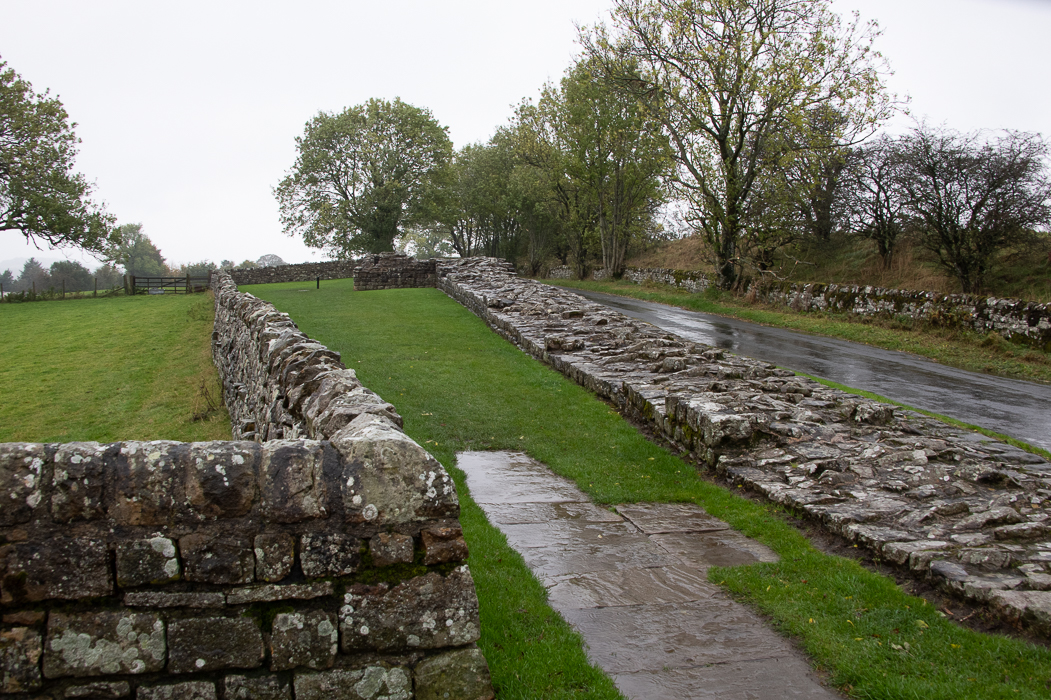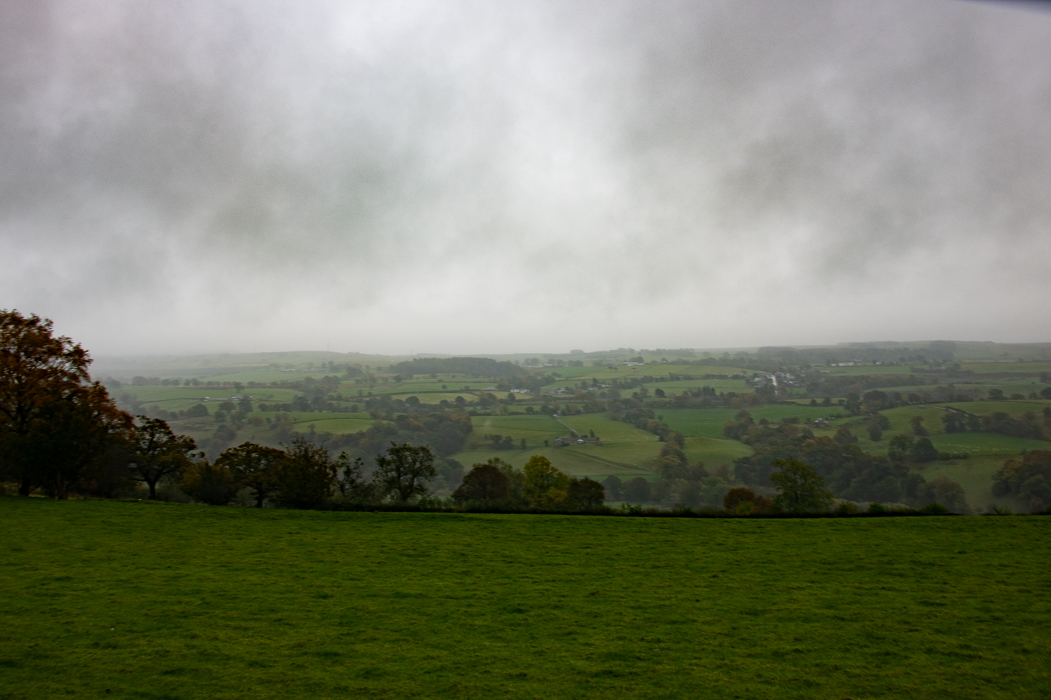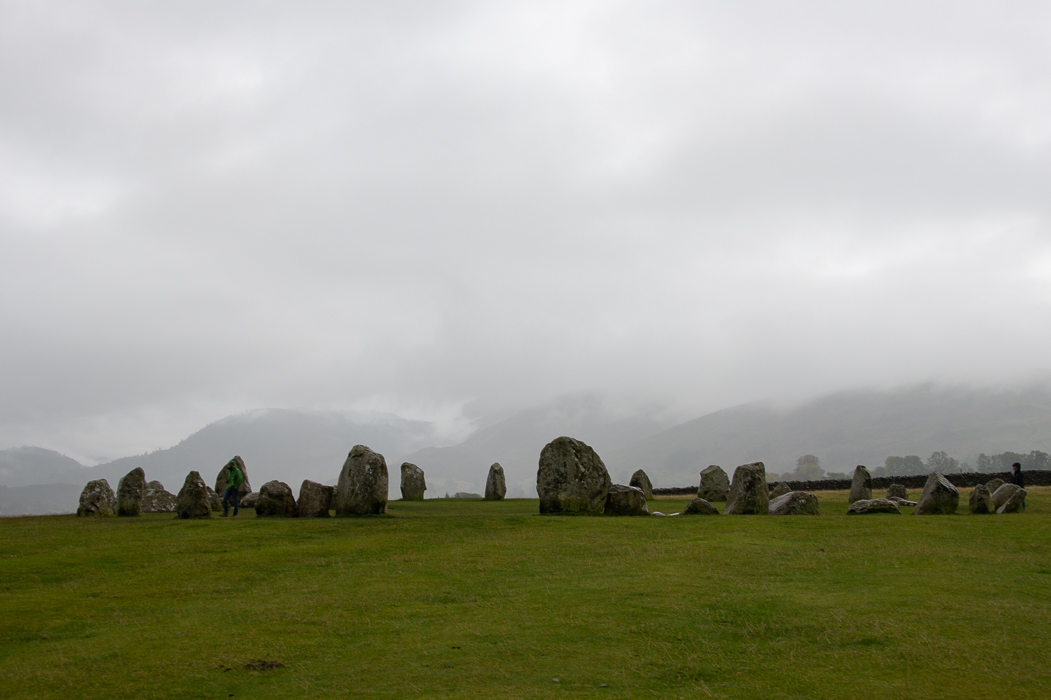October 20, 2022
Leaving Oxford on the way to Edinburgh is a lovely drive, sadly it was pouring rain. Two stops were required on this little strip of the road. Chatsworth House and Hadrian’s Wall. A third, was simply because it was convenient.
Chatsworth House is lovely but with limited time I decided to spend mine in the garden. The house is the seat of the Duke of Devonshire and has belonged to the Cavendish family since 1549.
The house and garden were first constructed by Sir William Cavendish and Bess of Hardwick in 1555. Over the centuries the garden has been altered by subsequent Dukes. The changes by the 4th Duke (1720-1764) gave us the garden and park much as they appear today.
Sculpture abounds from ancient to contemporary, here are a few of my favorite pieces.
*
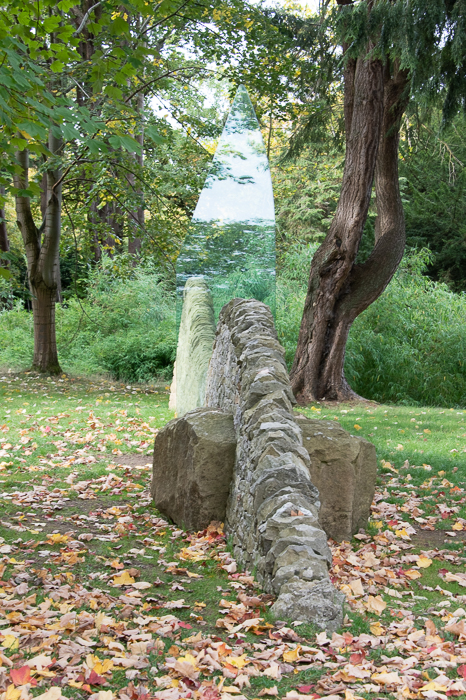
Emergence by Carl Hardman 2018. Hardman is the chair of the Derbyshire Dry Stone Walling Association. The glass panel is a reference to Joseph Paxton’s work at Chatsworth on glasshouse development. Paxton was the 6th Duke’s Head Gardener.
It is fall and the changing colors were stunning.
There are many water features in the garden as well, including the gravity-fed Emperor Fountain.
The garden is managed by a team of 20 gardeners, 3 trainees, and 50 volunteers.
Hadrian’s Wall
Michael had always wanted to visit Hadrian’s Wall. So despite the pouring rain, and the fact that only parts of the wall still remain I did find a wonderful section to visit.
Hadrian’s Wall is a former defensive fortification of the Roman province of Britannia, Construction began in CE 122. It runs from Wallsend on the River Tyne in the east to Bowness-on-Solway in the west. Amazingly, the wall covered the whole width of the island.
The above is Banks East Turret in Cumbria. It is the best-preserved turret or observation tower in the western sector.
Castlerigg Stone Circle
Not far from Banks East Turret is Castlerigg Stone Circle. Castlerigg stone circle was included in the Ancient Monuments Protection Act 1882.
The English countryside is varied, stunning, and verdant and a joy to drive through.
